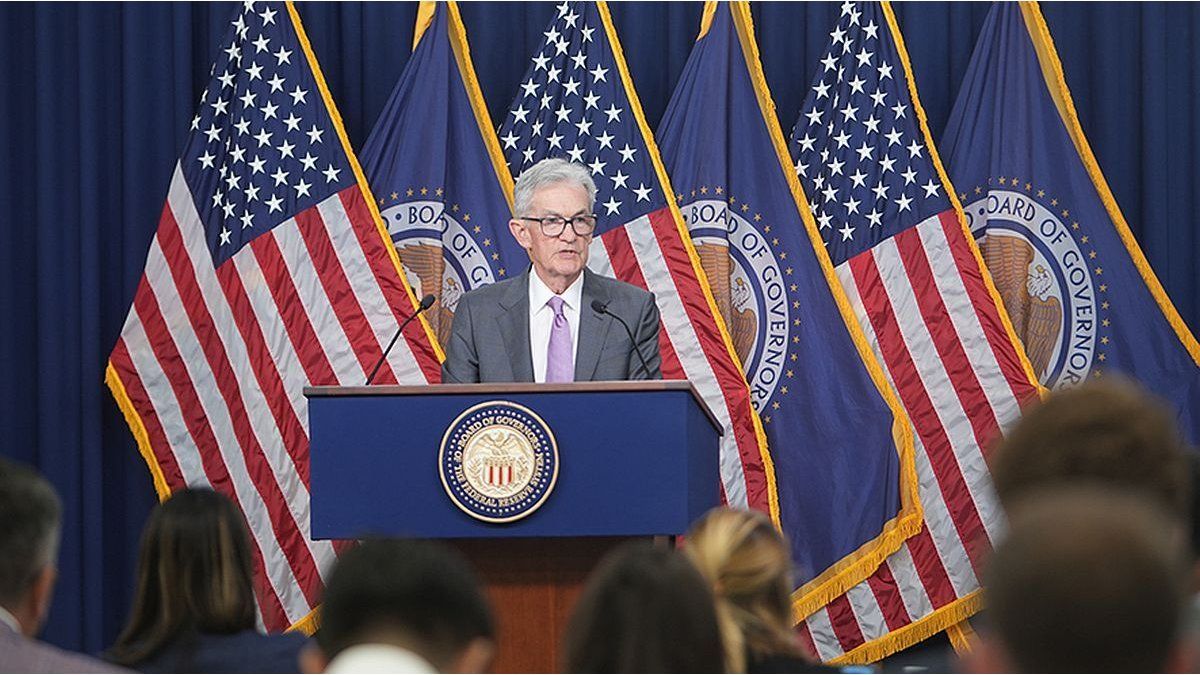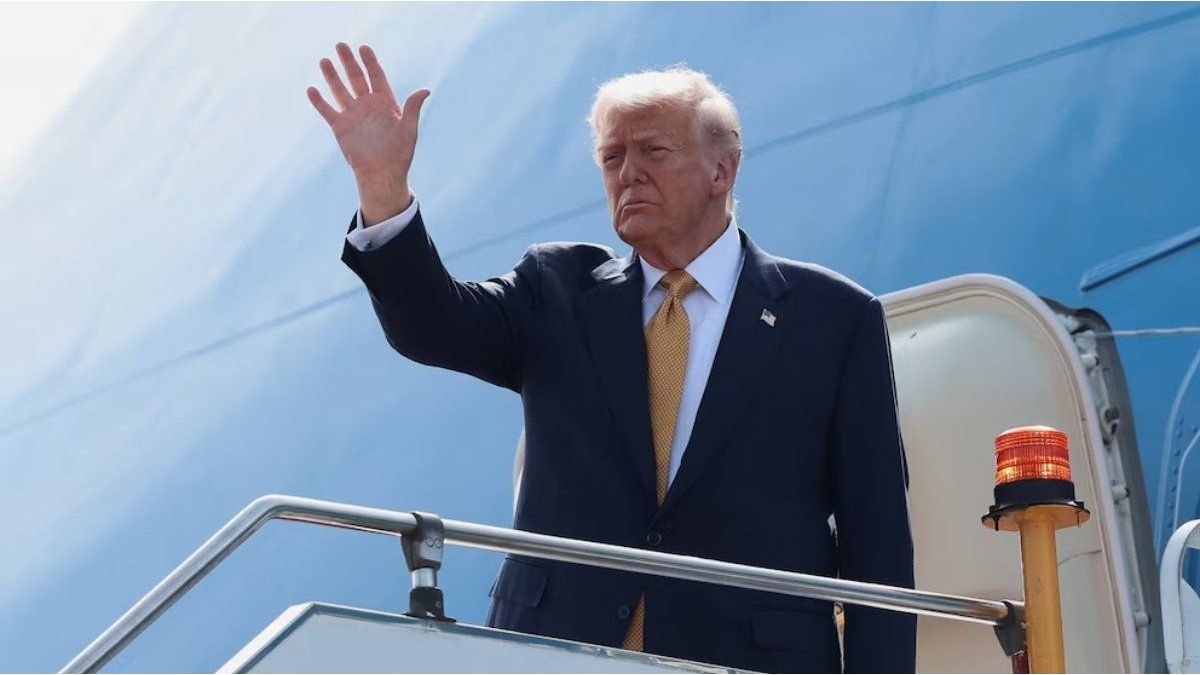The market has a key appointment with the Federal Reserve (Fed) that begins this Tuesday and ends on Wednesday. Although investors discount that The body will keep the rates without changesbetween him 4.25%-4.50%the interest lies in the tone that the Central Bank will adopt with the arrival of Donald Trump as US president, especially after the Republican has profiled some of the master lines of his second term.
“The meeting is mainly a turning point. Most likely, the FED maintain the waiting position. After the Fed gave an aggressive message in December, a pause in January is clearly the base stage, “they said in Bank of America (Bofa).
“In view of the latest data on inflation and labor market, It is almost certain that the Fed will pause in January. The markets currently foresee a type cut in the middle of the year, which seems reasonable. We expect an additional cut in the fourth quarter, although Investors are still divided on the probability of a second reduction“said Raphael Olszyna-Marzys, international economist in J. Safra Sarasin Sustainable AM.
In this sense, from the manager they believe that “for now, both markets and political leaders must deal with an economy that continues to show resistance, but also with persistent inflationary pressures“
In fact, the team of Schroders economists anticipates a US GDP growth of 2.5% for 2025that will accelerate until the 2.7% in 2026. In this way, inflation would remain above the expected and the Fed would cut the rates once in 2025 before climbing them in 2026.
Federal Reserve USA.JPG
According to forecasts, inflation would remain above the expected and the Fed would cut the rates once in 2025 before climbing them in 2026.
The risk of Fed movements
With this backdrop loaded with political uncertaintyfuture Fed movements seem difficult to predict, although what is known is that The rhythm of the next cuts will be slower.
For Yves Bonzon, CIO (Chief Investment Officer) by Julius Baer, Tasas casualties expectationsas indicated by the futures of federal funds, have been reduced significantly Since the Central Bank began its current flexibility cycle in September 2024.
However, there are those who maintain a more optimistic vision of the ‘road map’ of the US Central Bank. Such is the case of Christian Scherrmann, chief economist for the US of DWS, who projected that the rates are stable in January, but argues that “Recent inflation data leave the door open to new type cutsalthough limited, and labor markets – despite the robust hiring – are not currently a source of inflationary pressures. “
“What remains, however, is political uncertainty. Although the central bankers now have some contributions from the new administration, it still does not be clear how tariffs will be used, not to mention how fiscal policy will be configured. “
In short, “given the still incomplete information of the administration, We maintain our expectation of a Fed that will probably go down rates a little more in March and maybe in Junebefore waiting to see what happens, in view of the fact that inflation continues to resist. Needless to say, At the moment, the risks are inclined to the rise“Scherrmann says.
Due to doubts, Trump warned: “I will demand that interest rates fall immediately. And in the same way, they should be falling worldwide.”
Source: Ambito
David William is a talented author who has made a name for himself in the world of writing. He is a professional author who writes on a wide range of topics, from general interest to opinion news. David is currently working as a writer at 24 hours worlds where he brings his unique perspective and in-depth research to his articles, making them both informative and engaging.




